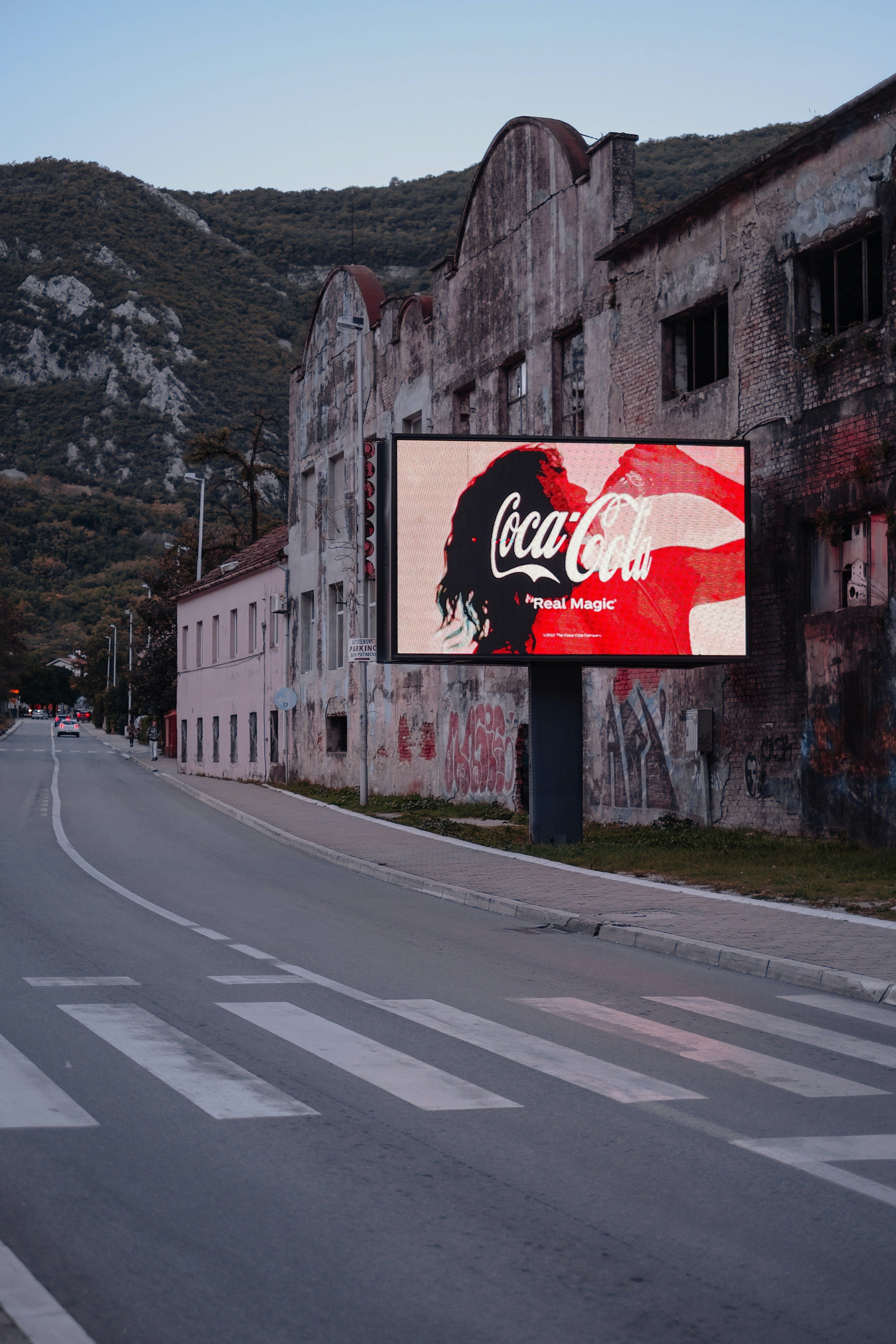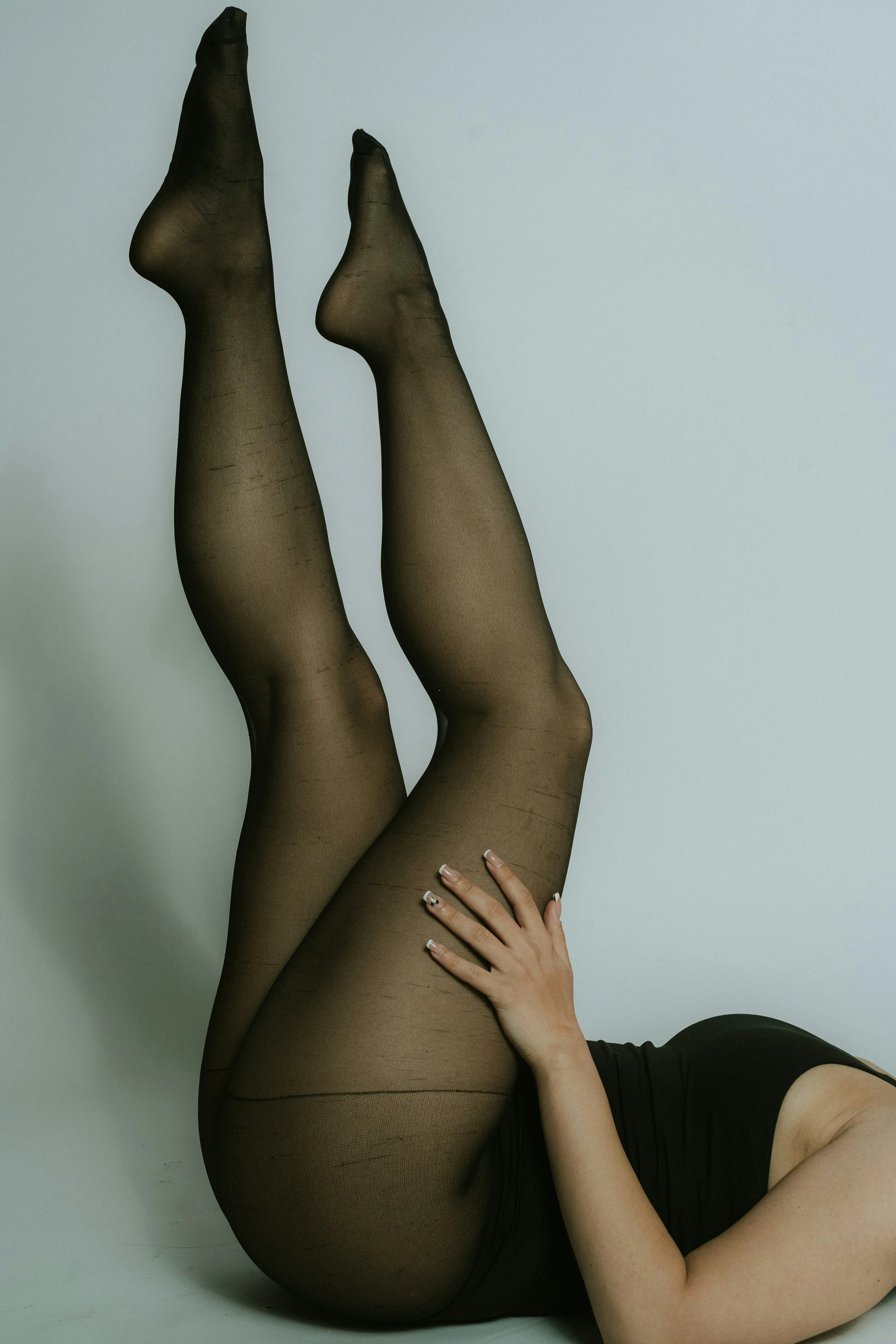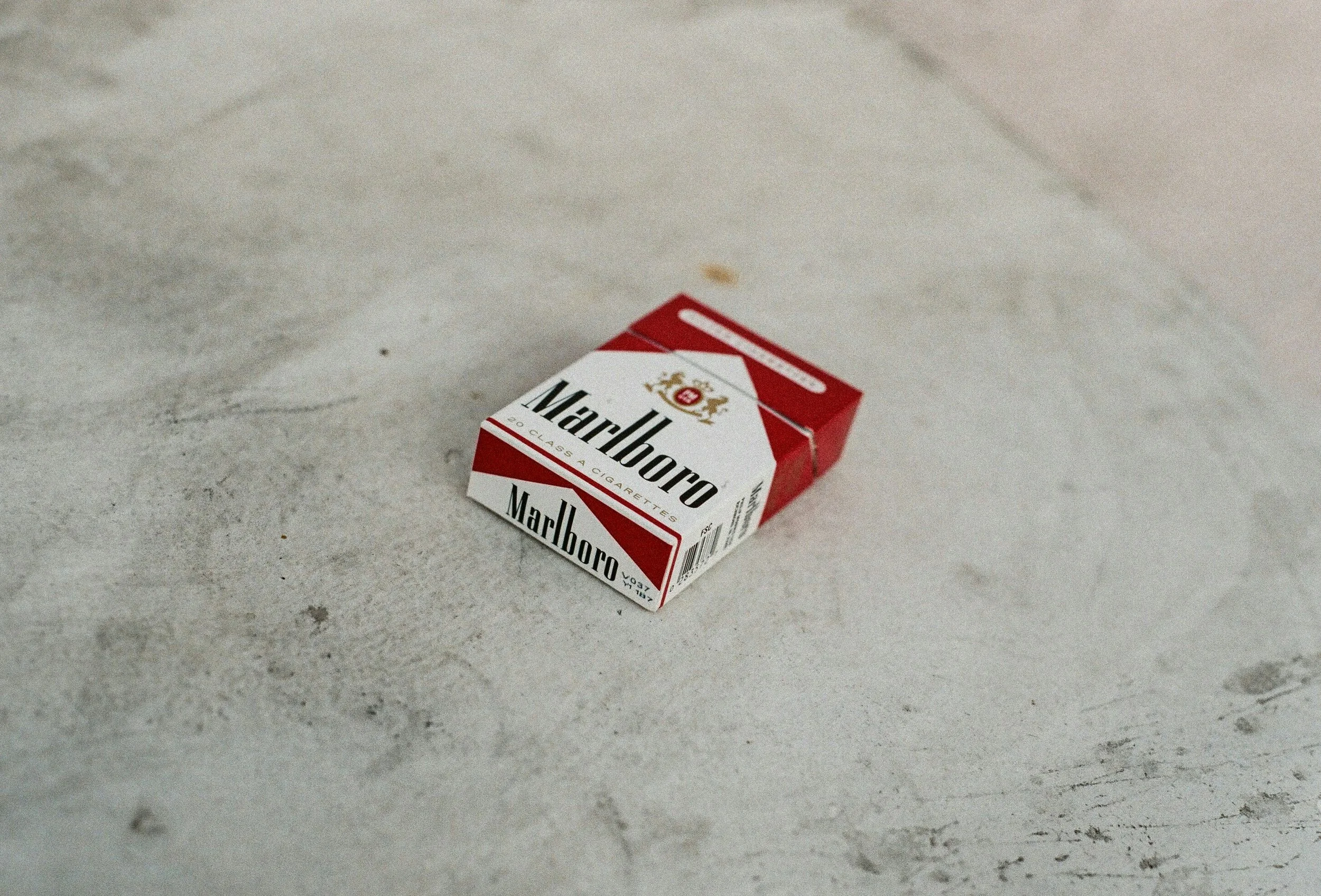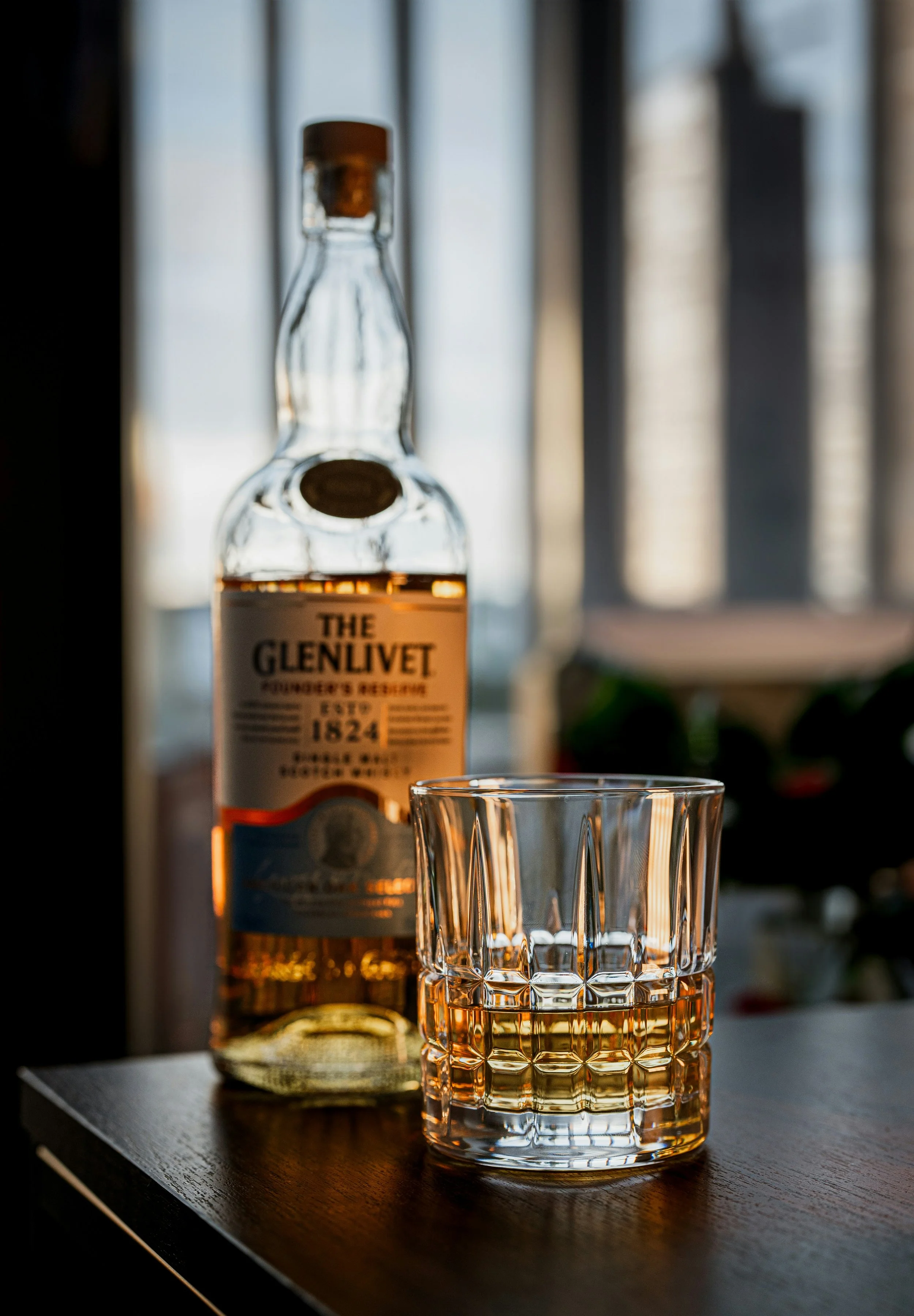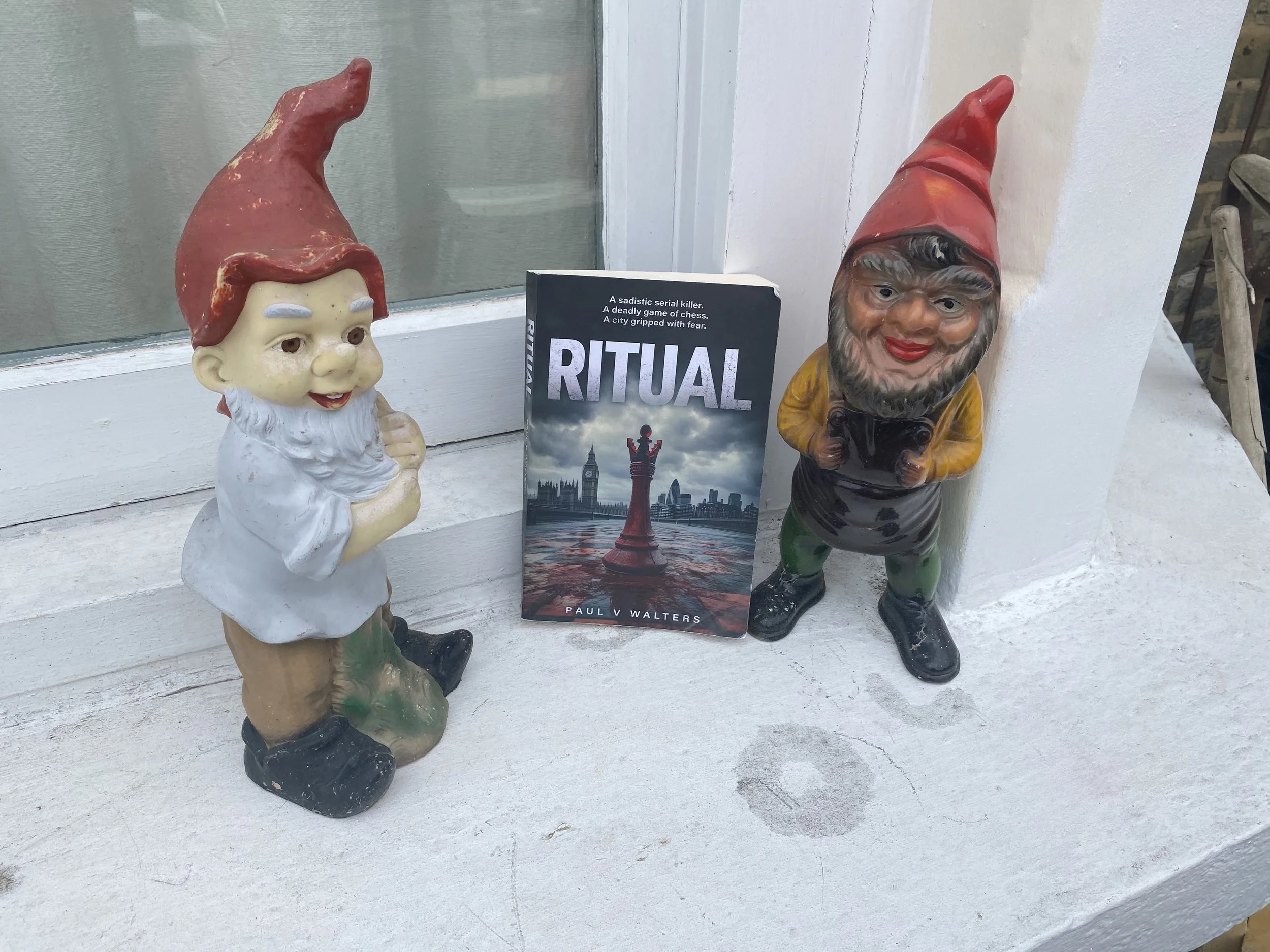Gender Bending Brands That Changed The World
As an ex-advertising executive, I have always been fascinated by what makes brands successful, and even though I left the industry years ago, that fascination has never left me.
In my very early years, I was fortunate enough to secure a position with the trendsetting agency Grey Phillips Bunten Mundel and Blake (that’s a mouthful). At that time, this outpost of the Grey empire in South Africa was one of the leading creative agencies worldwide.
As a junior copywriter, I was, for some puzzling reason, assigned to feminine protection brands like New Freedom and tasked with renaming the Tampax brand. I was reading Gulliver’s Travels at the time and reached the part where Gulliver becomes stranded in Lilliput.
Eureka! I had an idea. I adapted the letters from the place, and the product name Lillettes was born! Wasn’t that clever?
I relocated to London and started working at Young & Rubicam. My reputation probably followed me, as I was once again assigned to one of their major clients—Playtex! Over the next few months, I gained experience writing about push-up bras and Playtex’s latest innovation, pantyhose.
It earned me my first advertising award when I wrote a line for their new product. One day, as I was descending into Tottenham Court Rd. Tube station, I saw my creation displayed on a huge billboard, featuring a woman’s shapely legs clad only in nylon with the caption “Say Knickers To Panties.”
I had arrived!
Since then, I have remained fascinated by how corporations have adapted their marketing strategies to shift from targeting male to female audiences and vice versa.
So after that self-serving introduction, let’s dive right in.
A significant change is happening in the marketing world. Brands that have traditionally targeted only one gender for decades are now reaching out to the other for the first time. The most famous example of ‘gender bending’ was undoubtedly the campaign by Marlboro cigarettes. The brand was launched in 1924, and Marlboro was originally marketed as a woman’s cigarette. The slogan on the brand’s advertising material at the time was, ‘Marlboro, Mild As May.”
The cigarette was, in fact, so feminine in its design that it featured red filters to conceal lipstick smears. By the 1950s, Marlboro’s market share was steadily declining. As a last-ditch effort, the manufacturer, Philip Morris, asked its advertising agency whether Marlboro could be repositioned as a man’s cigarette.
It was a huge gamble!
The brand had been heavily advertised to women for over thirty years. Research revealed that smokers were more attracted to the image of a brand than the actual qualities of the product itself. In other words, the brand resided as an idea in people’s minds, not their taste buds, and if it was an idea, it could be influenced. That is how the Marlboro Man advertising campaign was born!
The campaign featuring a rugged cowboy seated on a horse was tested, and within one year sales increased by 3,200 per cent.
Today, Marlboro cigarettes has been cited as THE case study for gender transformation because they took an entirely feminine product and altered it, not just to become a male product but the very symbol of masculinity.
This is perhaps the advertising industry’s darkest success!
Now, let’s look at cosmetics. L'Oréal is the world’s largest cosmetics company. Since 1909, L’Oréal has marketed its products exclusively to women, that is, until a few years ago when it began marketing to men with its “Men’s Expert” line. The company stated that it knew more and more men were using makeup, and it wanted to recognise that change. To do so, L’Oréal took the slogan that had been in use since 1971, “So if I use L’Oréal, it’s because I’m worth it,” and changed it to say, “because we’re all worth it,” Sales of men’s cosmetics have been growing faster than women's products since 2020.
In the 2018 Super Bowl, L’Oréal signed Adam Levine to be its spokesperson for its line of anti-fatigue moisturisers. Other brands have embraced this ‘gender switch,’ like MNUK, which aims to cater to a male audience wanting to break down the stigma of men wearing makeup.
The worldwide market for men’s cosmetics is now worth in excess of thirty-two billion dollars, and this is expected to double by 20230!
Ever since the invention of whisky, it has always been regarded as a man’s drink, but, like cosmetics, that notion is rapidly shifting. In the US, 30% of drinkers are female; in Canada, it's 39%. That number has doubled since 1990. There are a number of reasons for this, one of them being that there are now more women in leadership roles at distilleries. Whisky makers know that in some markets women are adopting whisky at four times the rate of men.
What this has meant is that whiskey marketing is no longer seen as ‘an old boys’ club.’ Glenlivet recently launched a campaign featuring actress Anna Packwin as its spokesperson, using the line, “obey the rules, miss the fun.” The provocative line in the commercial went along the lines of, “Some people think single malt whiskey is a drink reserved strictly for men, but whiskey doesn’t care what’s between your legs.”
Glenlivet aims to challenge the typical whiskey drinker stereotype. Research revealed that 228% of whiskey advertisements featured men; therefore, the company’s future strategy is to alter this ratio while making its brand much more inclusive of both genders.
If this piece receives a few comments and likes, I’ll come back with another gender bender brand called Manscape, and we’ll see how marketing to men and women separately could become a thing of the past.
Paul V. Walters is the author of six best-selling novels. When he is not cocooned in sloth and procrastination in his house in Bali, he occasionally gets up to write for various international travel journals. His latest novel, RITUAL, is now available on Amazon and at all reputable bookstores.


